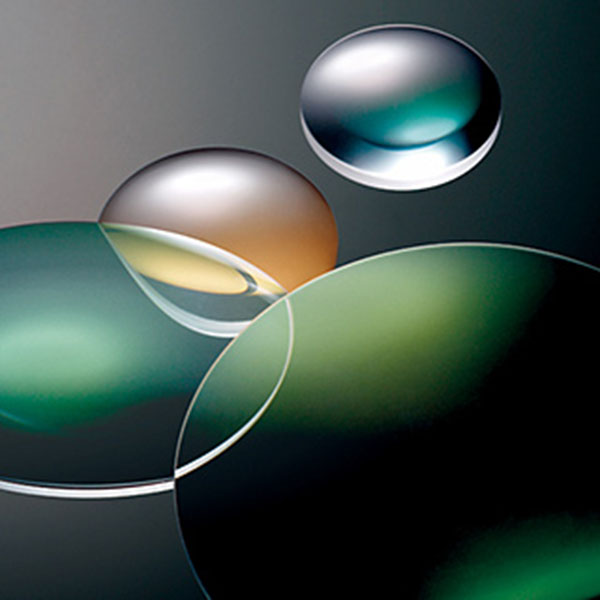
What does lens thickness have to do with? What are the effects of different lens thickness on vision?
What does lens thickness have to do with
1, myopia degree
The degree of myopia is a major factor in the thickness of the lens. To be more precise, the higher the degree of myopia, the thicker the edge of the lens.This is an important reason that we all know, and it can't be avoided. After all, the degree is placed there, so how can the thickness of the lens be thin?
2. Refractive index of the lens
The lower the refractive index of the lens, the thicker the lens.Then it is suggested that myopic friends should choose the lens with high refractive index when matching glasses.When our myopia does not allow us to choose lenses with high refractive index, we should focus on the purpose of correcting our vision.

3, the size of the frame
The size of the frame is also a reason that affects the thickness of the lens. For the matching of myopia glasses, the middle of the lens is thin and the two sides are thick. The larger the frame, the thicker the lens will be.It is recommended to choose a smaller frame.Pay attention to reasonable collocation!This applies only to the fixed match of myopic lens!Note that the farsightedness mirror is just the opposite!
4. Differences between pupil distance and lens frame
The greater the difference between pupil distance and lens frame, the more lens displacement, naturally heavy!When matching, you can refer to the following three situations:
① the pupil distance is small (about 60mm) for the width of the frame is 45-52mm;
② Moderate pupil distance (about 65mm) suitable frame width is 55-56mm;
③ the pupil distance is larger (about 70mm) for the frame width of 54-60mm.

5. Types of lenses
The thickness of color-changing lens, polarized lens and dyed lens is thicker than that of similar common lens.In order to avoid discoloration, the center color of the discoloration lens is light and the edge color is dark. Generally, the center thickness is thick.Polarizing lenses are thicker than ordinary lenses because of the Selenium crystal polarized layer in the middle of the lens.Dyed lenses are thicker than ordinary lenses because they need to be colored at high temperature to avoid changes in the diopter of the lens at high temperature.
Whether the refractive index of the lens represents the thickness
Have a relationship.The refractive index of the lens is not only related to one's own lens, but also related to the degree of one's own eyes to a greater extent. The higher the degree of one's own eyes, the lower the refractive index of the relative eyes and the thicker the matched lenses will be.
Is ultrathin lens and difference of common lens thickness big
There is a difference. TiO2 and PBO are added into the raw material of the ultra-thin sheet, which increases the refractive index to 1.70.It has a high surface reflectivity, about a third thinner than ordinary white or red plates of one diopter.
Because your lens has a higher degree, it may be a little thicker than the previous lens. However, for the same degree lens, the ultra-thin lens must be thinner than the ordinary lens.
What are the effects of lens thickness on vision
If the lens is too thick, you will see the thick side of the lens when you see things out of the corner of your eye. The object is distorted, just like you see the chopsticks distorted when you insert them into a cup full of water. This is a prism.The thicker the lens, the greater the amount of prism produced when the peripheral vision, the worse the wearing comfort.The thinner the lens, the thinner the edge, the smaller the prism, and the better the visual effect.
Thank you for your watching
Mike Optical Company
017@mikeeyewear.com
Cayla
4.23.2021